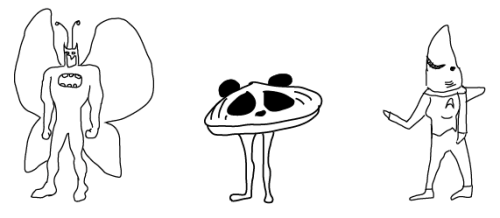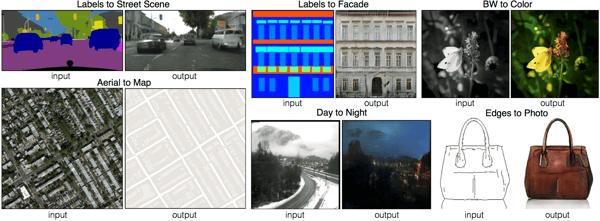- 31 October 2017
- Benny Har-Even
As a former technology journalist it’s not often I find myself bamboozled by technology, but the other day it happened. I was in the process of upgrading from one generic fruit-related smartphone device to another when something seemingly remarkable took place. I took the ‘new’ device out of the box and placed it on the table next to the old one and a message appeared on screen saying that it had detected another device and asked me if I would like to transfer my settings from the old device to the new one.
For a few moments, I was baffled. What voodoo was this? The new device had no SIM card and had not yet been connected to Wi-Fi, so how on earth did it know there was a device nearby? As science fiction writer Arthur C. Clarke famously said as one of his three laws: “any sufficiently advanced technology is indistinguishable from magic” – and for few moments magic appeared to be happening.
Intrigued, I completed the steps at instructed and moments later my account details and Wi-Fi details were transferred over to the new device and I was quickly restoring from a backup. Of course, I thought about it and then realised the simple answer – it must be down to Bluetooth and some clever software – but for a short time, I was spooked.
Technology is at its most impressive when it has that ‘wow’ factor and much has been made of the fact that for mobile devices, this has been lost. The major leaps that were made annually in smartphones have been replaced with relatively minor upgrades that have failed to capture the imagination and this recent article observes that smartphone usage has actually fallen among young people for the first time. Have we reached ‘peak smartphone’?
What we need then is something to bring the magic back – and that special sauce might well be neural network powered AI. Thanks to neural networks applications are going to do things that will amaze people again.
Before we get to amazing though, we’ll first have to contend with weird. This research scientist spends time experimenting with neural networks and gets them to do many things, and so naturally used one to help come up with new ideas for Halloween costumes. After all, it’s getting ever harder to come up with original ideas, so why not let a neural network do the hard grafting?
She crowd-sourced a list of thousands of costumes and threw them at the network and well – you should read the post to see the results. ‘Statue of pizza’ anyone?
Of course, neural networks are very good at dealing with patterns and images and there are many apps that do very creative things such as image transference. Pikazoapp uses them to combine any two images into a work of art, and both Prisma and Deepart.io do something similar.
Who knows, perhaps we could have a app for next year’s Halloween that you feed with a basic outline and a name and using a generative adversarial network (GAN) or a conditional generative adversarial networks (cGAN). It will provide you with a full sketch of what your costume will look like, helping you to make or buy what you need. You can find an example of this sort of idea in work done by researchers from the University of California – and you can read the full paper here.
It’s hard to say exactly what neural networks will be used for on mobile – that we image will be up to the imagination of the app creators and skill of the developers, but one thing is for certain is that they will work best if they can take advantage of dedicated neural network hardware locally on the device. The CPU and the GPU can run them to a certain extent but as we demonstrate in this post, our PowerVR Series 2NX neural network accelerator can run at orders of magnitude faster than the competition.
With this sort of technology onboard we can look forward to applications that do ‘spooky’, magical things, and getting hold of a new device to play with could soon be a ‘Thriller’ once again.






